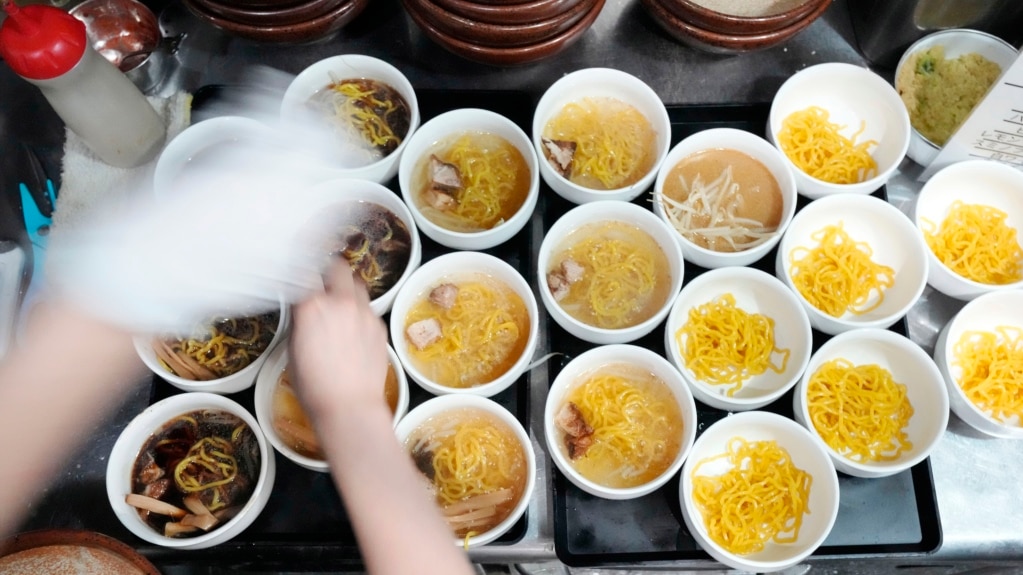Ramen is a kind of Japanese noodle dish. It might be the world’s favorite Japanese food.
Ramen has increased in popularity in the U.S., South Korea and other countries. The dish is also growing in popularity with foreign visitors to Japan.
NielsenIQ is a service that reports on product sales. It said sales of ramen in the United States have risen 72 percent since 2000.
Technomic, a food service industry research company, said versions beyond the traditional soup are appearing in many restaurants. Del Taco, a Mexican chain, recently introduced Shredded Beef Birria Ramen, for example.
Experiencing ramen
Ramen remains very popular in Japan.
Some Japanese go to ramen shops two or three times a week.
In Tokyo, people sometimes wait for an hour to get ramen. Often cooked right before your eyes, the noodle dish starts at around $6.50.
It comes in different flavors – and there are local versions, too. Flavors include salty, soybean-based “shoyu” or “miso” paste. Sometimes the dish is spicy. Sometimes there is no soup at all but a sauce to dip the noodles in.
Foreign visitors are becoming increasingly interested in ramen, too.
Frank Striegl guides visitors to ramen restaurants for a special food experience. “I’m probably a talking bowl of ramen,” said Striegl as he led a group of American tourists through part of Tokyo’s Shibuya neighborhood. The group’s visit is what Striegl calls “the ultimate ramen experience.”
The tourists go to restaurants where ramen is served in very small bowls. These bowls are about one-fourth the size of a regular ramen bowl. The guests eat smaller amounts so that they can try six different kinds of ramen, two at each restaurant during the tour.
“It’s not just, of course, about eating delicious ramen, but also learning about it,” said Striegl. He is a Filipino American who grew up in Tokyo. He calls ramen “people’s food.”
“A lot of countries around the world have their version of ramen,” he said. “So, I think because of that, it’s a dish that’s easy to understand. It’s a dish that’s easy to get behind.”
While the tourists were enjoying their noodles, Striegl gave a short history of ramen. He said its roots date back to the samurai period. Samurai were historical Japanese warriors. A Japanese military leader, a shogun, took a liking to Chinese noodles. That started a tradition of making local versions of ramen that continues today.
Katie Sell was a student on Striegl’s tour. She called ramen “a kind of comfort food, especially in the winter. Get a group of friends, go have some ramen and just enjoy it.”
Kavi Patel is an engineer from the U.S. state of New Jersey. He said he was happy that he included ramen on his tour of Japan along with visits to famous places like the ancient capital of Kyoto and the deer park in Nara.
“I’m having good fun,” he said.
I’m John Russell.

